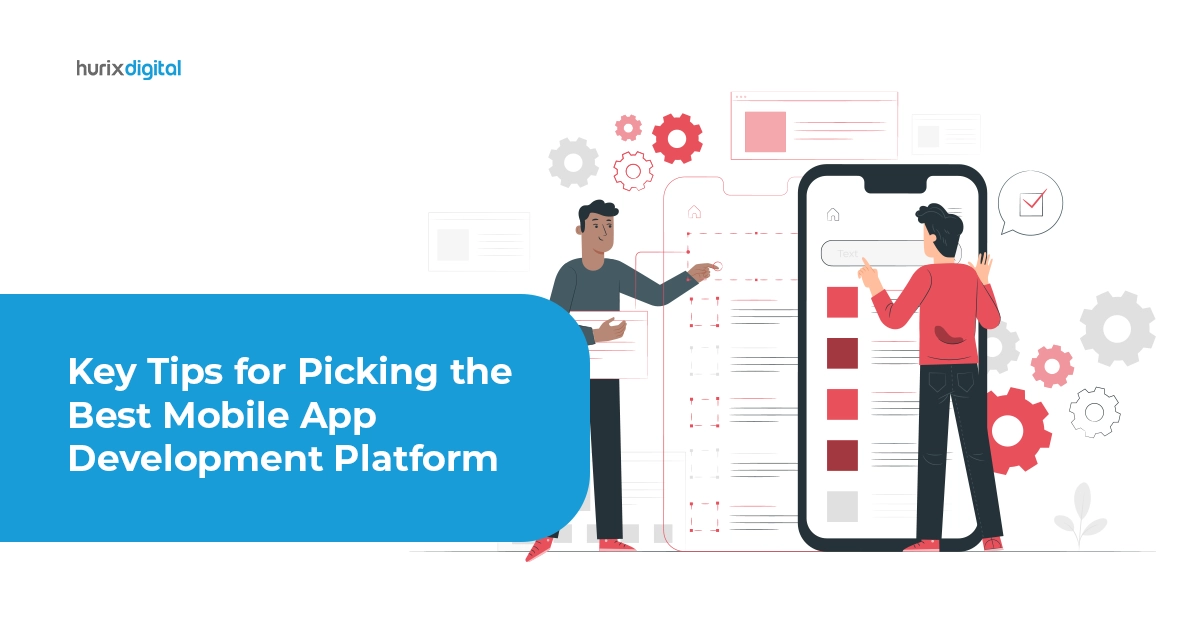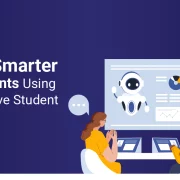
Stay Ahead of the Curve! Discover the Mobile App Development Trends in 2024
Summary
Explore 2024’s top mobile app trends: IoT, 5G, AI, AR/VR, wearables, cross-platform development, and their transformative impact on app futures.
Developing a mobile app is a smart way for your business to reach out to new customers and improve operational efficiency. The mobile app market is expected to reach $614.40 billion by 2026. There is a great deal of accountability to adapt to shifting marketplace requirements, along with the possibility of profits.
Even though end users have been able to access app services for many years, business needs and technological advancements are happening at a breakneck pace. More advanced and cutting-edge mobile app development trends are emerging.
This blog outlines the top mobile app development trends to watch out for in 2024. We’ll also discuss more about the market size, transitioning customer demands, and what to expect in upcoming times.
Table of Contents:
Mobile App Development Trends to Explore in 2024
Here are the top mobile app development trends to explore in 2024:
1. The Increased Use of Internet of Things (IoT) Apps
The idea of the IoT is by no means new. However, the increased use of mobile devices in an array of industries and genres has given the Internet of Things what seems like numerous possibilities.
Individuals are used to implementing technology to make their daily lives better.
The Internet of Things (IoT) refers to the expanding network of gadgets linked to the Internet that offer customers automated management and ease of use. Home automation is a prime instance of the growth of mobile app development and the IoT.
Mobile apps are employed to link to home safety devices, securely lock and unlock the center doors, and control thermostats in houses from a distance. Smartphone applications can be linked to cooling systems and other kitchen appliances.
Also Read: What is Mobile Accessibility? Understanding its Benefits & Importance
2. The Resurgence of Beacon Technology
The incorporation of beacon technology in iOS and Android app creation was made possible by iBeacon in 2013, and it has since grown into a hotly debated tech trend in mobile app development.
Within a 100-foot range, it transmits and connects to mobile devices using Bluetooth low-energy signaling. By utilizing the device’s position, mobile apps with beacon technology can recommend the finest amenities in the area for the user.
The beacon market is expected to grow at a compound annual growth rate (CAGR) of 48.9% and reach USD 31.61 billion by 2026. As a result, app design firms are using this technology to create apps quickly for various industries, including construction, medical care, and sales.
3. Growth of 5G Technology
The domain of mobile app development has transformed thanks to 5G technology, which has ushered in a new era of connectivity and opportunities.
For any app-making company hoping to create innovative mobile apps, 5G has changed the landscape with its ultra-fast speeds, reduced latency, and elevated network bandwidth. By the close of 2026, 4.8 billion 5G subscriptions are anticipated globally.
Thanks to the increased data transmission rates, fully immersive virtual reality apps, augmented reality situations, and premium material can all stream smoothly. Furthermore, 5G’s low latency guarantees faster reaction times, facilitating more seamless, instantaneous communications than before.
Without sacrificing efficiency, the best app developers for startups can now experiment with and incorporate cutting-edge features like sophisticated machine-learning algorithms and intricate computing procedures.
4. Augmented Reality and Virtual Reality
The convergence of virtual reality (VR) and augmented reality (AR) innovations is changing how we interact digitally with our surroundings in 2024. These interactive technologies are expected to have a major influence on a variety of sectors.
The AR and VR market is expected to generate $40.4 billion in revenue in 2024. By 2028, the industry is predicted to have grown to an anticipated volume of US$58.3 billion at a compound annual growth rate (CAGR) of 9.64%.
Though AR and VR have already made an impact on social media and architectural design, the tourism, education, healthcare, recreation, retail, and e-commerce sectors stand to gain the most from these revolutionary technologies.
The effects go beyond what the user sees. Developing cutting-edge computing-based applications will be a top priority for developers in 2024. This results in enhanced Extended Reality (XR) applications with less processing time and lower latency, providing a range of experiences.
5. Growth of Artificial Intelligence
Regarding mobile apps, AI has primarily been applied to chatbots, picture editors, and digital assistants thus far. However, since AI is becoming a major trend to watch out for, there will be more of it integrated into mobile apps in 2024.
First of all, it can greatly streamline the mobile app development process. If given information about a prior mobile app development method, it is capable of creating a mobile app without guidelines. AI integrations can assist in immediate problem-solving for the app.
Second, by adhering to predefined designs, AI can be trained to mimic human behavior. By using apps with AI built into them, we can use our smartphones to input the data we need and manage everything we own.
6. Cross-Platform Mobile App Development
Native applications demand a lot of resources; they need two separate apps with completely distinct codebases, as well as different development and support teams.
The cost to develop an app was reduced by first creating web apps. Following this, the hybrid apps were adjusted for mobile devices using rooted browser supervision and responsive design. But there was a drawback: the UX was subpar. There was no apparent champion in the ongoing battle between web, native, and hybrid app development.
The advent of cross-platform development, particularly with mobile app development systems like Flutter, was prompted by the inability of hybrid apps to deliver the envisioned user experience and features.
YouTube Create and Google Cloud are two apps with fantastic user interfaces and loads of features, both of which were developed with Flutter.
7. Wearable Technology
The worldwide demand for wearable technology was estimated to be worth USD 61.30 billion in 2022, and between 2023 and 2030, it is anticipated to expand at a 14.6% compound annual growth rate (CAGR). Wearable device and smartphone integration continues to develop, leading to applications that provide an integrated setting.
Developers have created apps that can transfer information between mobile and wearable devices, enabling users to obtain data from any of these factors. To establish an international market for their products, businesses like Apple have concentrated more on integrating wearable technology with mobile devices.
One of the main trends introduced by mobile application development companies is creating apps that work consistently on smartphones and wearable technology.
Also Read: Top 5 Challenges in Enterprise Mobile App Development and How to Overcome Them
Summing Up
Our internet use is changing as a result of the above mobile app development trends, which include 5G connectivity, AI inclusion, data confidentiality, and the expanding e-commerce industry.
If you’re ready to take advantage of emerging markets and provide outstanding user experiences, team up with Hurix Digital. We provide high-end mobile app development services meticulously tailored to your specific needs.
Connect with us today to stay on top of this dynamic journey of user participation and innovation!

Currently serving as the Vice President of Technology Delivery Operations at HurixDigital, a prominent global provider of digital content and technology solutions for publishers, corporations, and educational institutions. With over 16 years of experience spanning EdTech and various domains, I hold certification as a SCRUM Product Owner (CSPO). My expertise includes operations, finance, and adept people management skills.







